Feverfew plant (Wild chamomile, Febrifuge plant, Bachelor’s buttons, featherfew, mid-summer daisy) is a bushy medical herb. It spreads rapidly and can cover your whole yard in a few years. With its white flowers with a yellowish center and soft, citrus-scented green foliage, this lovely plant reminds me to Chamomile.
That perennial shrub originates from Eastern Mediterranean, where it is considered an ornamental medicinal plant. It is now domesticated in the US, but some gardeners consider it an invasive plant. It can grow in various types of ground and can reach up to 18 inches (46 cm) within a fortnight.
Herbal Lore

Have you ever hear about herbal lore? It is a bunch of myths connected with herbs (Feverfew plant in this particular case) which gathers traditional knowledge acquired for centuries.
No one knows who discovered the medical benefits of Feverfew plant, but information about its importance passed from person to person by word of mouth.
Herbal lore considers this plant lucky. In ancient times, travelers didn’t start their journeys without Feverfew plant in their pockets to drive out the misfortune and sickness.
By planting that herb in their gardens, medieval housewives tried to keep pests carrying plague out of their homes.
Common Use of Feverfew Plant
Salves (balm)
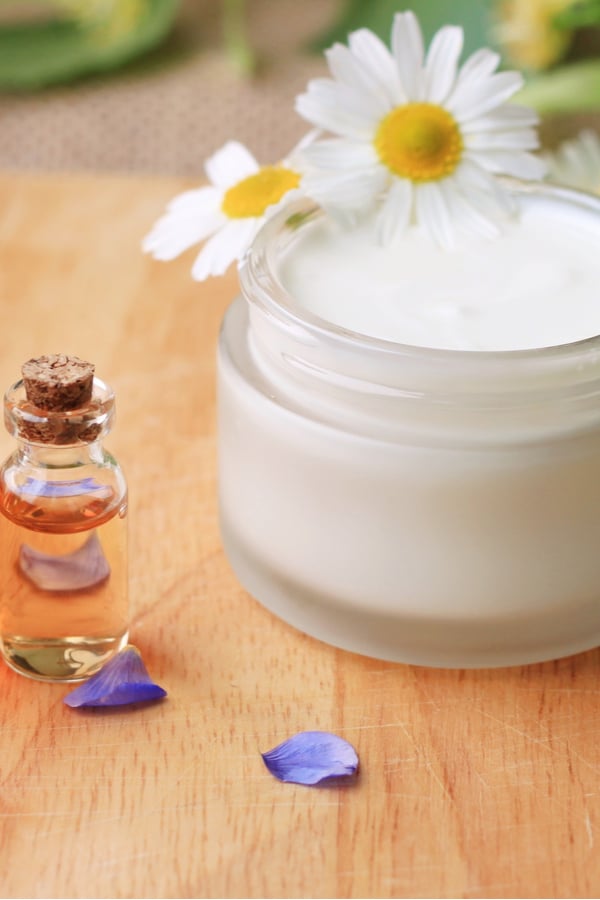
A salve is a mix made of an herb (Feverfew plant in this particular case), wax, and oil. The preparation includes adding four parts (one of Lavender, Feverfew plant, lemon balm, and Chamomile each) in five parts of almond oil. Let them rest for two weeks.
After straining the blend, heat the obtained oil with two parts wax until melting. Pour the mixture into jars and use it when needed.
Poultices
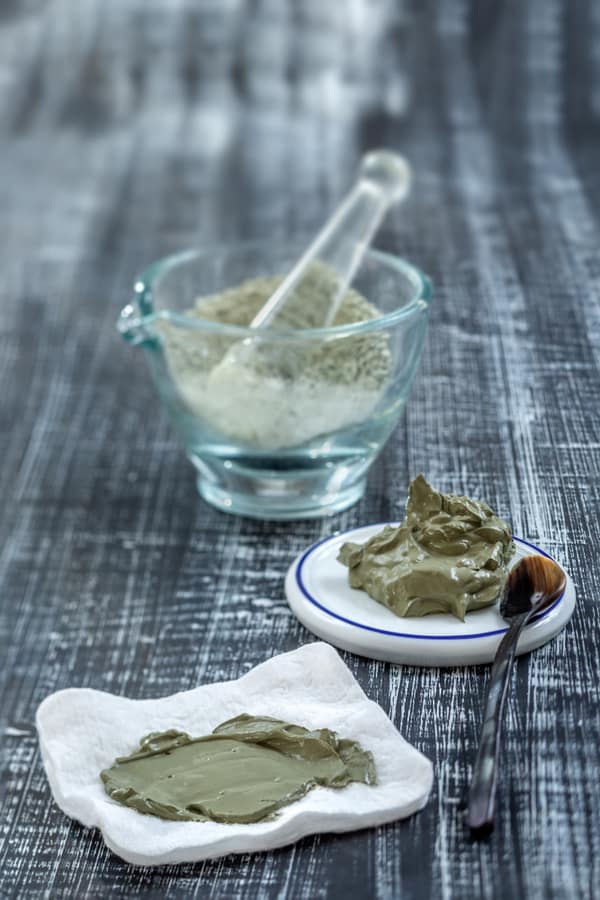
Using a poultice means applying herbs to the sore spot on the skin. Simply spread previously chopped plant in a particular place and wrap the mix with gauze.
There is a possibility to get extra healing properties by boiling the whole flowers and stems of the herb. Drain the water and cool the boiled plant before applying.
It is recommended wrapping the poultice around wrists if you have a problem with migraine or headache. In a case of colicky pain, you should put plant lining on the abdomen.
Strewing
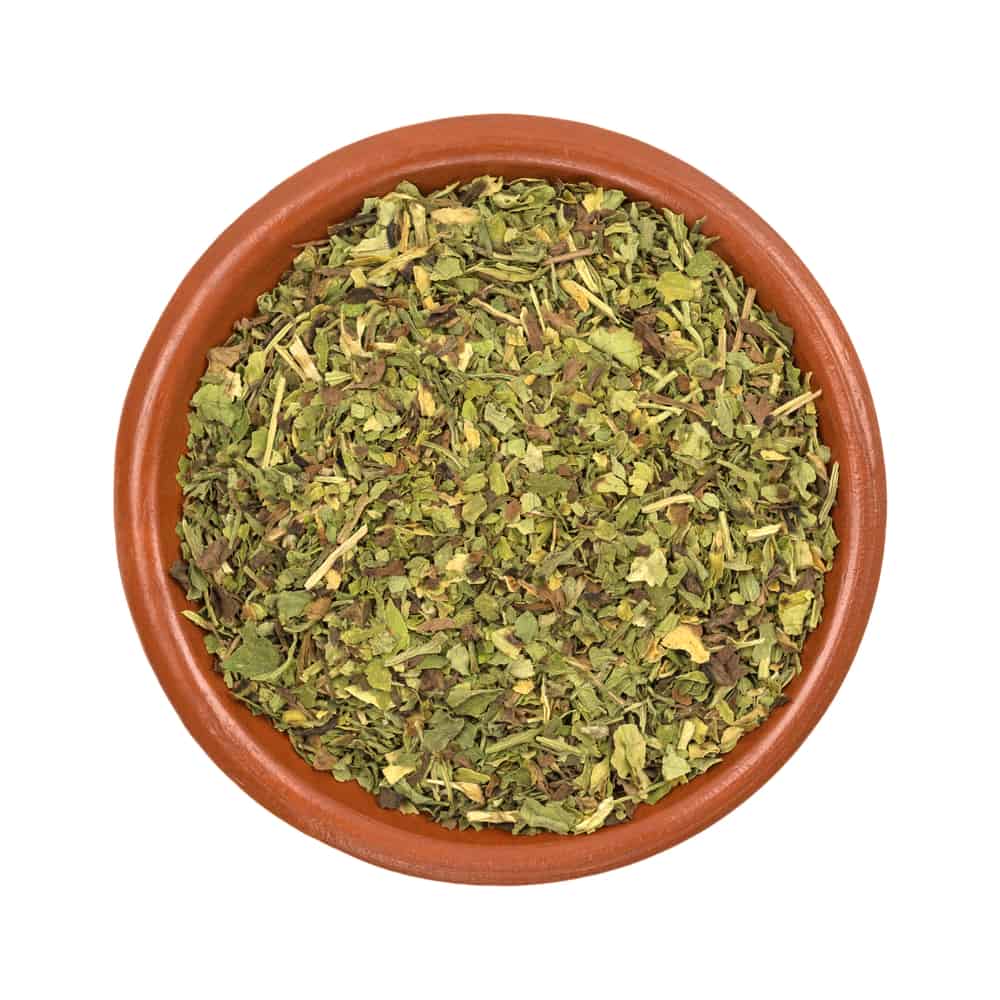
This Medieval way for safe using herbs is an actual topic among supporters of alternative medicine again. It is actually the process of refreshing the air by keeping cut herbs in a wide bowl or casting them on the floor.
It is believed that fragrance relieves the symptoms of the headache and additionally repels insects. It is especially beneficial for pregnant women who can’t enjoy the advantages of Feverfew plant some other way without the adverse side effects.
Benefits and Disadvantages of Feverfew Plant
Feverfew’s name comes from ‘Febrifugia,’ the Latin word meaning ‘the reducer of fever.’ The reason for this name is the traditional use of this ‘Medieval aspirin’ in treating inflammations and fevers.
Benefits
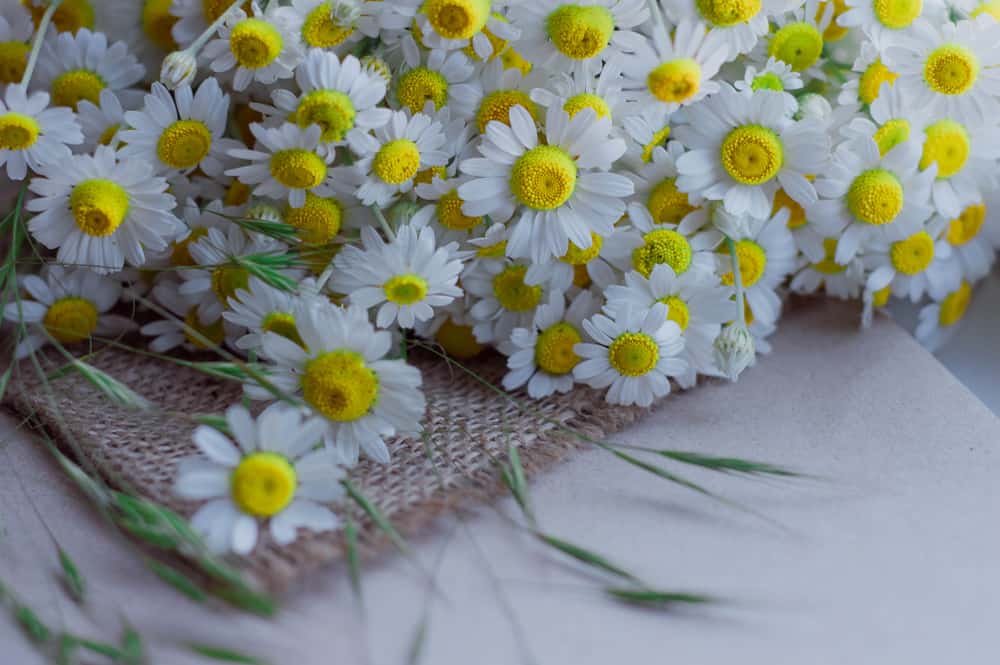
In past times, this valuable herb was an essential ingredient in herbal medicine all across North America and Europe. Thanks to active compounds such as parthenolide, volatile oils, and flavonoids, the foliage of this plant has a lot of potential health benefits, including:
- Relieves migraine symptoms – People have been using Feverfew plant to treat migraines for centuries. Some contemporary test-tube studies show that active compounds of that plant help to stop the prostaglandins’ production and inhibit serotonin receptors. All of that help to reduce muscle spasm and consequently help fight migraines. Back in the 15th century, the famous herbalist and botanist Nicholas Culpeper recommended patients to make a lining and put it in wrists as soon as the headache starts.
- Elevated mood – Studies in mice confirmed that Feverfew plant might help to reduce symptoms of depression and anxiety. However, we should wait for the results of studies on humans, related to this issue.
- Pain relief – Well-known anti-inflammatory properties of this plant relieve pain in some patients.
- Anticancer effects – Results of a few test-tube studies show that Feverfew plant may inhibit particular cancer cells.
Possible Side Effects
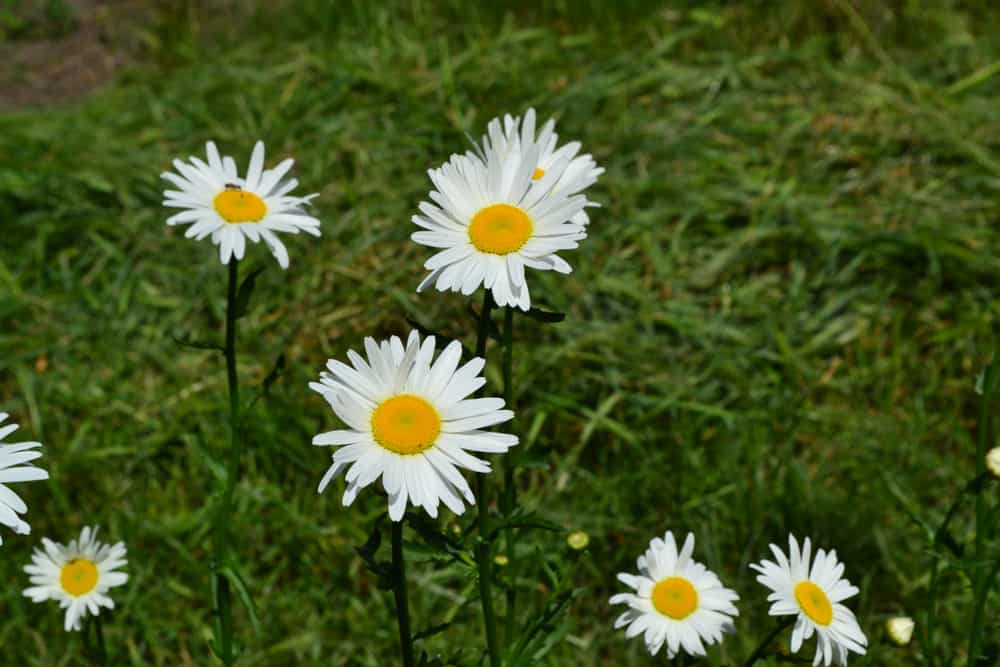
Even though Feverfew is considered safe for consumption, some side effects such as dizziness, tiredness, heartburn, stomach aches, constipation, diarrhea, and nausea have been reported.
Since this plant is an emmenagogue (it encourages menstruation) and highly stimulate the uterus, it may cause early contractions and even a miscarriage in pregnant women. Therefore, they shouldn’t use it both internally and externally.
The application of Feverfew plant is also not recommended in people with particular types of allergies as well as those who take blood thinners.
The herb relaxes blood vessels and may decrease the effect of blood-thinning medications. As a result, this herb increases the risk of bleeding and prevents clotting.
Bee repellent
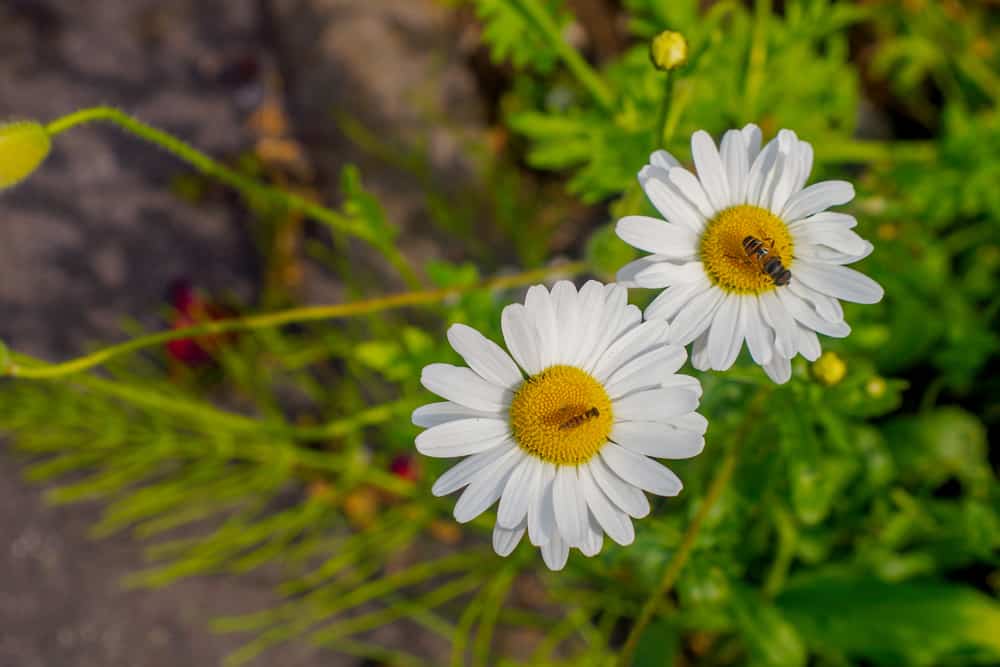
Before setting out the Feverfew plant in your garden, think about other plants you want to have around.
Surprisingly, this particular self-pollinate flower is a strong bee repellent thanks to its citrus-like aroma.
That means that you need an excellent spatial plan about sowing the species, which pollination depends on bees. Just keep them far away from Feverfew plant.
How to Plant Feverfew in Your Garden
There are three possible ways of planting your Feverfew plant. No matter which way you choose, you should take care to provide at least 12 inches (30.5 cm) of space for each plant in all directions. Also, be careful with sowing because Feverfew plant is quite invasive.
Seeding
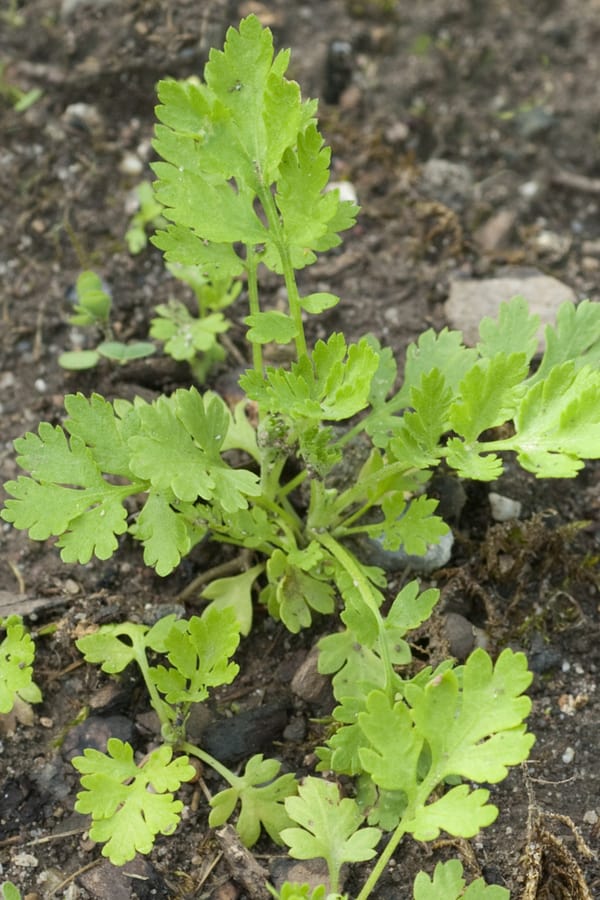
If you decide to sow seeds, you should do it indoors. Purchase certificated seeds in a nursery and place them in a pot. Fill it with a well-draining starter in late winter, and gently tap its bottom to help seeds settle into the ground.
If you keep that pot in a sunny windowsill, expected germination time is approximately for a week. Replant 3 inches (7.6 cm) tall seedlings in the garden after the last frost in early spring, and water them regularly until establishing.
You can also sow seeds directly in the garden, but you should wait for the temperature to reach 60 F (15.5 C). The process of sowing is mostly the same.
Sprinkle seeds on the surface of the ground without covering them with the layer of the soil. It is essential for providing enough sunlight for seeds to germinate well. In that case, you will wait for almost two weeks to see the first growth.
Cuttings
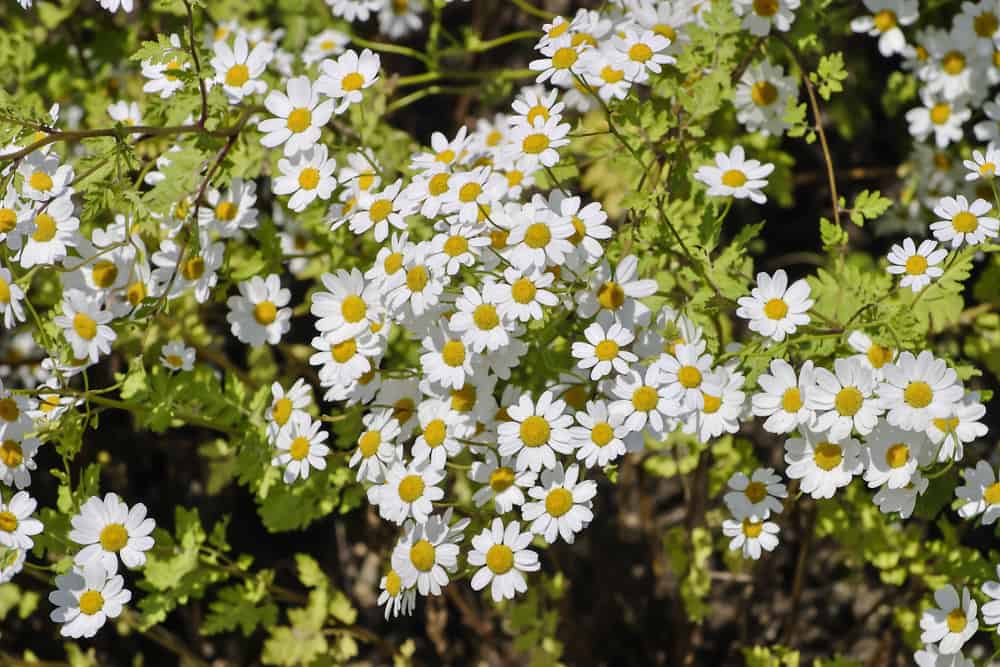
This popular way of propagation means that you should use young shoots from the mother plant. Place your cuttings into the soil in spring and water them regularly until establishing.
Division
The propagation by division means lifting the herbs when their roots are active. Use a sharp spade, and divide the root ball into three, four, or even five pieces if they are large enough.
How to Feverfew Plant in Your Garden
You can grow Feverfew plants as an annual or herbaceous or evergreen short-lived bushy perennial. In any way, they are sensitive to the low temperatures and practically die off in winter. However, you can expect your herb germinate again in early spring.
Space
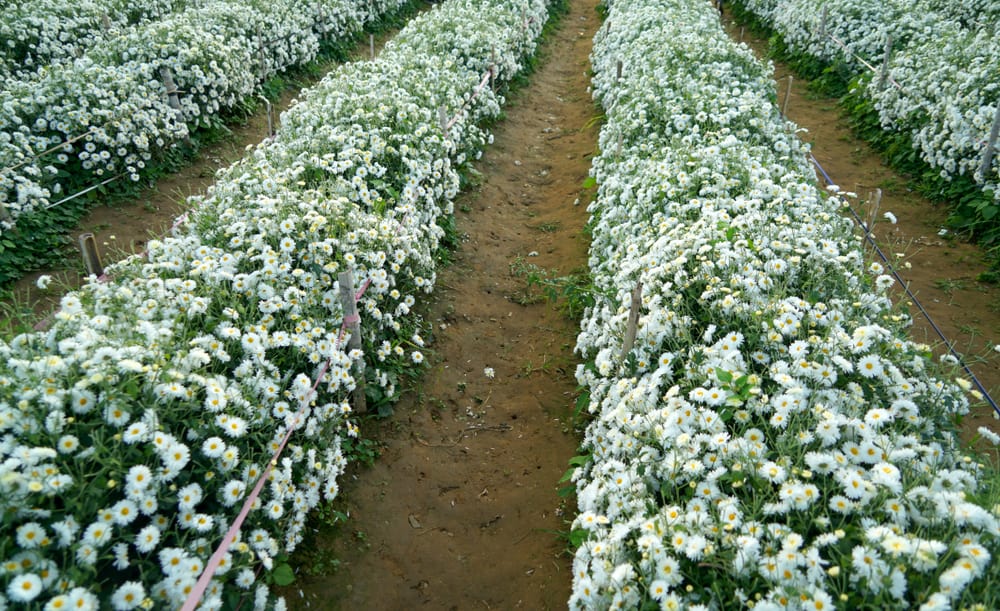
Since Feverfew plant, as a self-pollinated herb, can appear suddenly in the garden, some gardeners wrongly consider it a weed. However, most of us adore this beautiful flower and try to find an ideal place in the yard for it.
If you grow a single plant, you should provide about 8 to 12 inches (20 – 30.5 cm) of space for it. If you organize plants in rows, you should try to separate them at least 11 inches (28 cm) apart. Don’t forget to keep Feverfew plant away from plants which depend on bees for pollinating.
Soil
In ideal conditions, you will provide well-drained, loamy, or sandy soil for your Feverfew plant. Since this herb prefers growing in the slightly acid ground, get your soil tested, and check if the pH is in the range from 6.0 to 6.7.
Additionally, take care to enrich the soil with compost or an excellent fertilizer. Correct its acidity and add missing nutrients if necessary.
Light
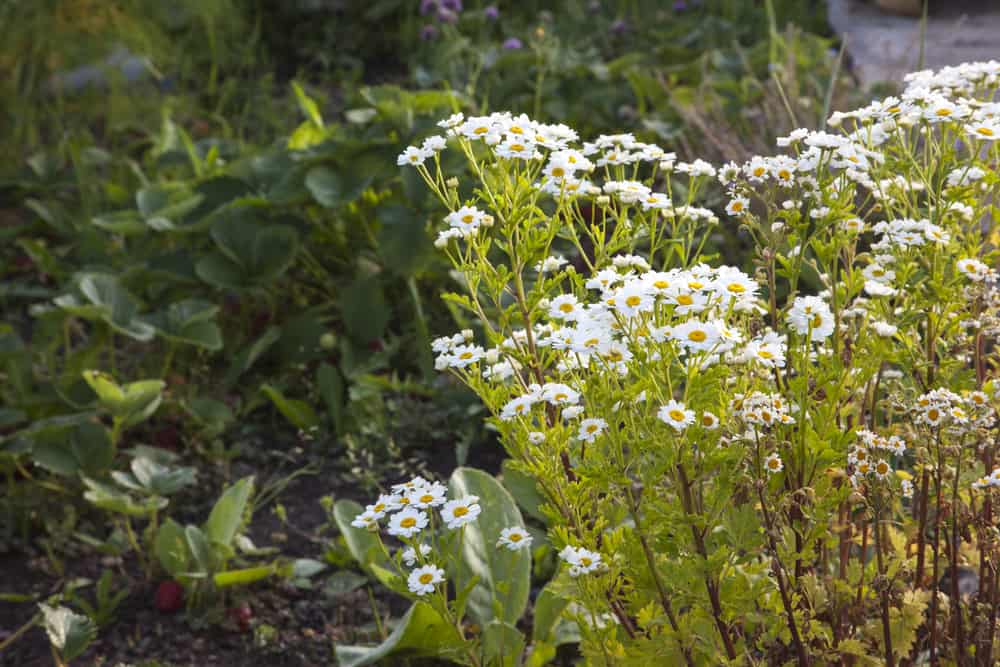
Find a part of the garden with full to partial sun for your shrub. If you decide to grow this beautiful flower in a container, you should keep it in a sunny windowsill.
Temperatures
Since it is tolerant to frost, you can grow this plant even if you live in the Northern States. Well-rooted Feverfew plants, which are at least six months old, can tolerate extremely low temperatures for a longer time.
Watering
Once you decide to sow Feverfew plants, you should be prepared for regular checking the soil moisture. This flower requires the ground which is never entirely dry.
The catch is that you mustn’t overwater your plant because the soggy soil will cause root rot and, consequently, the death of the whole plant.
Fertilizing
Only if you sow seeds of the Feverfew plant in the ground rich in organic matter, you won’t need to add fertilizer to encourage flourishing. If it is not a case, this flower requires adding a particular amount of high-balanced fertilizer in spring.
Apply fertilizer before planting. After that, adding compost after the first winter will help your plant blooming.
Mulching
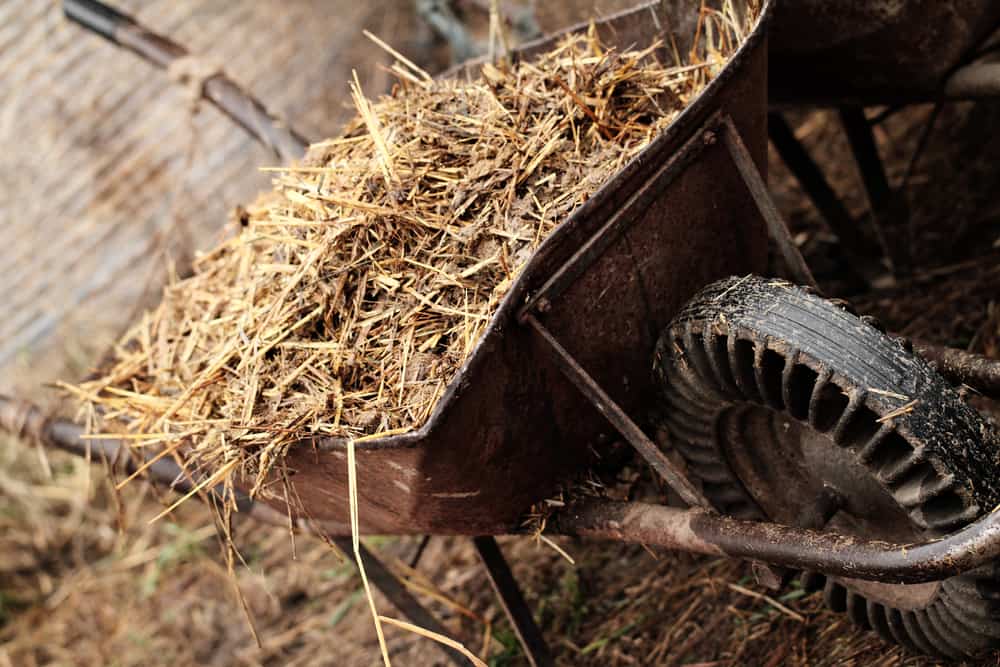
Feverfew plant is one of those herbs which require correct mulching. A thick layer of organic mulch will protect the flower during freezing winter days.
Moreover, its role is even most important in summer when this layer conserves sufficient soil moisture and keeps your Feverfew weed-free.
Pruning and deadheading
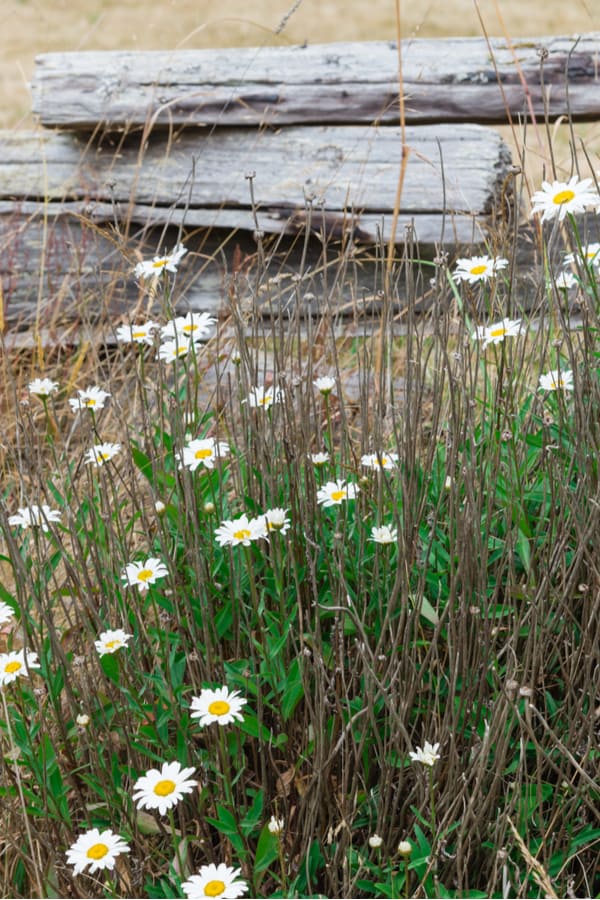
When the foliage reaches 3 inches (7.6 cm) in length, it is time for trimming. Do it again after the first flowering. Also, you should deadhead withered flowers to stimulate the growth of new blooms and stop self-seeding.
To encourage healthy and vigorous growth of your plant, try to prune all leggy and damaged branches with leaves, which have lost their recognizable dark green color. Never prune more than one-third of the plant’s size.
How to Harvest Feverfew Plant
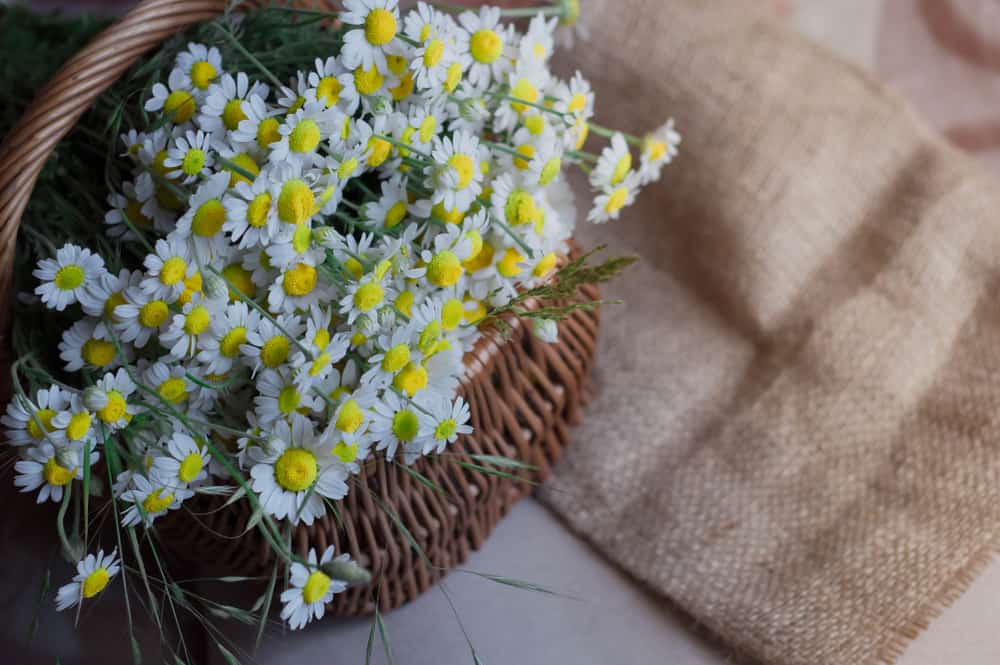
Many people collect Feverfew plants’ flowers. After drying, they use this herb as medicines. The time for harvesting has come when your plant reaches full blooming, and all the foliage is still healthy and lush.
In general, the best flowers are at the very beginning of blooming. If you decide to use these tiny petals, dry them right away, and use them as soon as possible. The maximum period for storing is up to four months if you want to get the full medical effect.
Feverfew Pests and Diseases
If there is any issue with Feverfew plants, it usually occurs because you have planted your flowers to the wrong site. Basically, it may happen when you place your herb in the shade or leave it waterlogged.
In such a case, you can face some problems with aphids, powdery mildew, and spider mites. Solve them by replanting young flowers and regulating watering.
Carefully monitor your flowers because black fly, snails, and slugs may cause severe damage on leaves.
There are a few solutions on how to get rid of these pests. You may use lime to deter them or to attract frogs feeding on slugs in the garden. Hand-picking can be helpful, as well as placing barriers, including sharp sand, sawdust, or wood ashes.
I use trapping made of beer, yeast, or milk. However, whenever possible, I keep two to three ducks in my yard. They efficiently exterminate all slugs and snails around.

Leave a comment